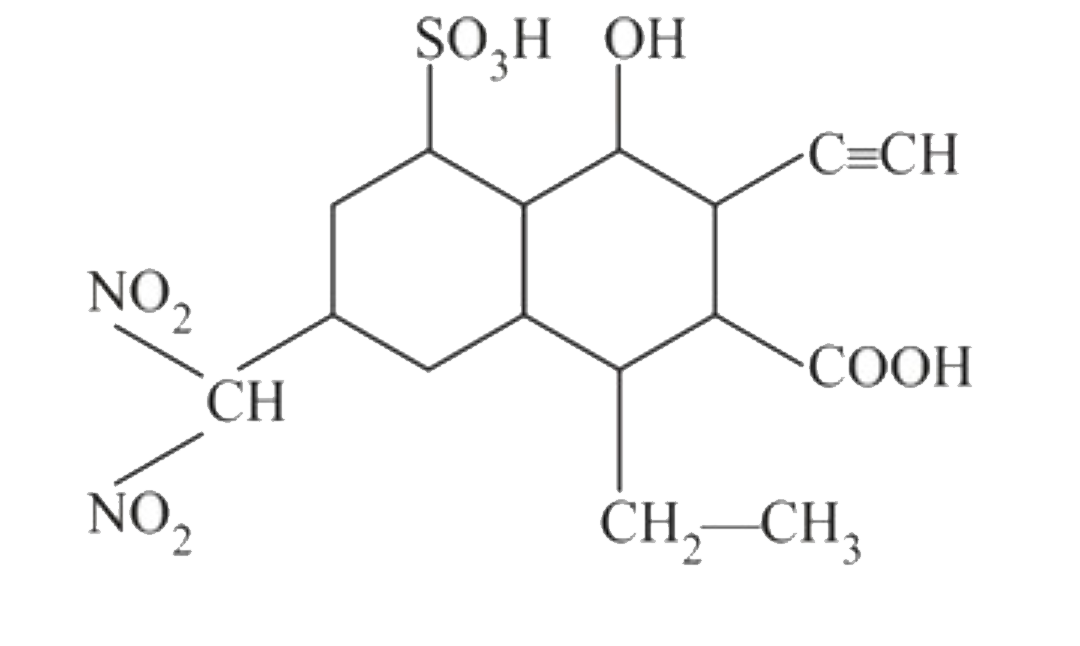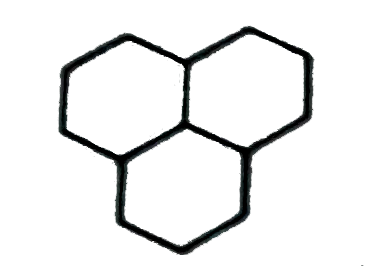How many hydrogen bonds are present between complementary nitrogen bases of a DNA with 5 turns and 20 Adenines?
130
90
100
80
The correct Answer is:A
To solve the question of how many hydrogen bonds are present between complementary nitrogen bases of a DNA with 5 turns and 20 adenines, we can follow these steps:
1. Determine the Number of Base Pairs:
- Each turn of DNA contains 10 base pairs.
- Given that there are 5 turns, the total number of base pairs (BP) can be calculated as:
Total Base Pairs=Base Pairs per Turn×Number of Turns=10×5=50 BP
2. Identify the Number of Adenine and Thymine Base Pairs:
- It is given that there are 20 adenines (A).
- Since adenine pairs with thymine (T) and forms 2 hydrogen bonds, the number of thymine bases will also be 20 (1 T for each A).
- Therefore, the number of A-T base pairs is:
A-T Base Pairs=20
3. Calculate the Number of Guanine and Cytosine Base Pairs:
- The total number of base pairs is 50, and we have already established that 20 of these are A-T pairs.
- Thus, the number of G-C base pairs can be calculated as:
G-C Base Pairs=Total Base Pairs−A-T Base Pairs=50−20=30
4. Calculate the Number of Hydrogen Bonds:
- Each A-T base pair has 2 hydrogen bonds. Therefore, the total number of hydrogen bonds from A-T pairs is:
Hydrogen Bonds from A-T=A-T Base Pairs×2=20×2=40
- Each G-C base pair has 3 hydrogen bonds. Therefore, the total number of hydrogen bonds from G-C pairs is:
Hydrogen Bonds from G-C=G-C Base Pairs×3=30×3=90
5. Calculate the Total Number of Hydrogen Bonds:
- The total number of hydrogen bonds in the DNA can be calculated by adding the hydrogen bonds from A-T and G-C pairs:
Total Hydrogen Bonds=Hydrogen Bonds from A-T+Hydrogen Bonds from G-C=40+90=130
Final Answer:
The total number of hydrogen bonds present between complementary nitrogen bases of the DNA is 130.
- Each turn of DNA contains 10 base pairs.
- Given that there are 5 turns, the total number of base pairs (BP) can be calculated as:
Total Base Pairs=Base Pairs per Turn×Number of Turns=10×5=50 BP
- It is given that there are 20 adenines (A).
- Since adenine pairs with thymine (T) and forms 2 hydrogen bonds, the number of thymine bases will also be 20 (1 T for each A).
- Therefore, the number of A-T base pairs is:
A-T Base Pairs=20
- The total number of base pairs is 50, and we have already established that 20 of these are A-T pairs.
- Thus, the number of G-C base pairs can be calculated as:
G-C Base Pairs=Total Base Pairs−A-T Base Pairs=50−20=30
- Each A-T base pair has 2 hydrogen bonds. Therefore, the total number of hydrogen bonds from A-T pairs is:
Hydrogen Bonds from A-T=A-T Base Pairs×2=20×2=40
- Each G-C base pair has 3 hydrogen bonds. Therefore, the total number of hydrogen bonds from G-C pairs is:
Hydrogen Bonds from G-C=G-C Base Pairs×3=30×3=90
- The total number of hydrogen bonds in the DNA can be calculated by adding the hydrogen bonds from A-T and G-C pairs:
Total Hydrogen Bonds=Hydrogen Bonds from A-T+Hydrogen Bonds from G-C=40+90=130
The total number of hydrogen bonds present between complementary nitrogen bases of the DNA is 130.
Topper's Solved these Questions
- BOOK - AAKASH SERIESCHAPTER - BIOMOLECULESEXERCISE - EXERCISE - II (Enzymes)12videos
BIOMOLECULES
- BOOK - AAKASH SERIESCHAPTER - BIOMOLECULESEXERCISE - EXERCISE - III (Previous AIPMT/NEET Questions)84videos
BIOMOLECULES
- BOOK - AAKASH SERIESCHAPTER - BIOMOLECULESEXERCISE - EXERCISE - II (Lipids)18videos
BIOMOLECULES
- BOOK - AAKASH SERIESCHAPTER - BIOLOGICAL CLASSIFICATIONEXERCISE - EXERCISE-III (Previous AIPMT/NEET Question)37videos
BIOLOGICAL CLASSIFICATION
- BOOK - AAKASH SERIESCHAPTER - CELL CYCLE AND CELL DIVISIONEXERCISE - Exercise-III18videos
CELL CYCLE AND CELL DIVISION
Similar Questions
Knowledge Check
- Question 1 - Select One
How many sigma and pi bonds are present in toluene ?
A10σand3π bondsB12σand3π bondsC15σand3π bondsD6σand3π bonds
How many 3c-2e bonds are present in diborane ?
View SolutionHow many sigma bonds are present in 3-methylphenol.
View SolutionHow many nitrogen atoms are present in melamine monoment?
View SolutionHow many benzylic hydrogen are present is cumene :
View SolutionHow many acidic hydrogen atoms are present in this compound
 View Solution
View SolutionHow many sigma and pi bonds are present in borazole?
View SolutionHow many σ−bonds are present in N2O3 ?
View Solution


